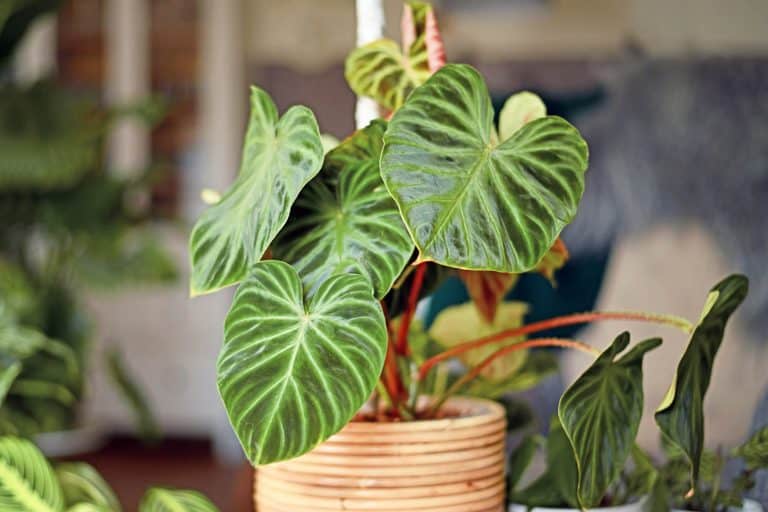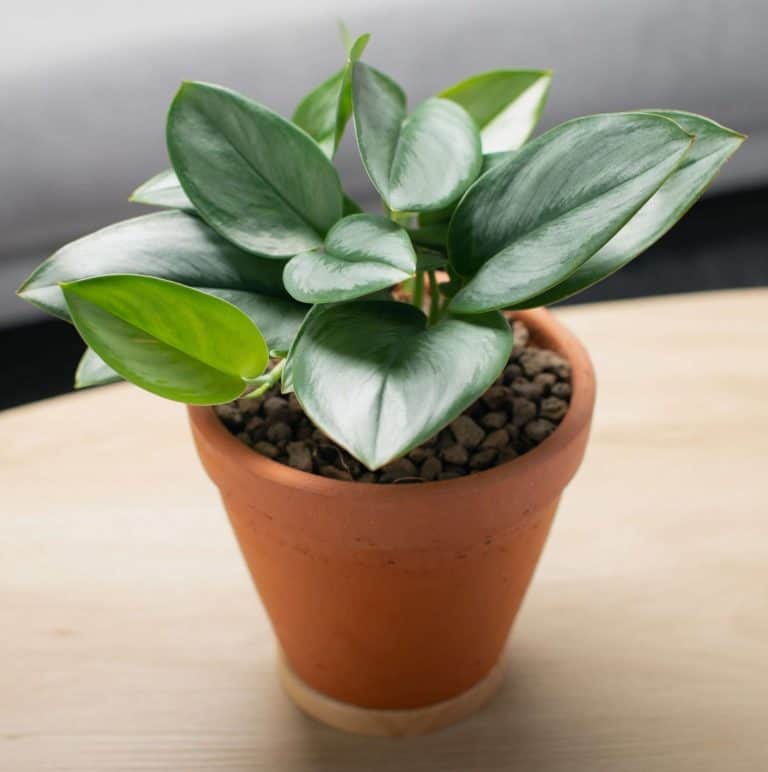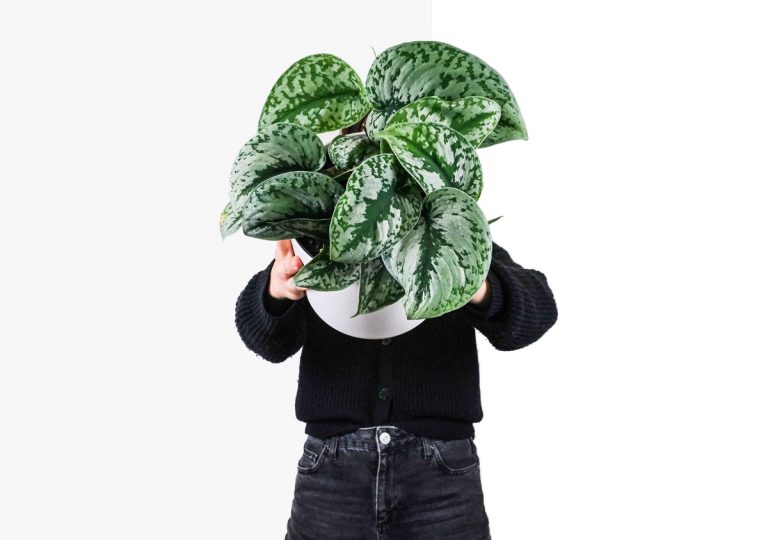Why Is My Venus Fly Trap Turning Black?[And How To Fix It]
Are you asking, Why Is My Venus Fly Trap Turning Black? Here are all the reasons why and how you can fix it ASAP!
Venus Flytraps are undoubtedly one of the most entertaining and unique houseplants to own.
Unlike a lot of other plants that rely on photosynthesis as their main source of food and nutrients, Venus Flytraps are renowned for trapping flies within their leaves to digest them. This is what makes Venus Flytraps an “insectivorous” plant.
As well as trapping flies within the grasp of the leaves, Venus Flytraps also get their nutrients from photosynthesis, the gases in the atmosphere, and the soil.
However, these plants are well-adapted to growing in poor-quality soil, which doesn’t offer enough nutrients to keep them alive. Thus, their main food source is bugs and insects.
In their natural habitat, Venus Flytraps don’t have an insect shortage.
As a houseplant, however, it’s not easy to replicate their natural environment, making the Venus Flytrap a fairly tricky plant to care for. If you don’t fully understand the care requirements of a Venus Flytrap, the plant might start to turn black.
If you’re wondering “why is my Venus Flytrap turning black?”, you’ve come to the right place! Here is everything you need to know about why your Venus Flytrap is turning black and what you can do to save it.
DISCLAIMER
Some of the links on here are affiliate links and I may earn if you click on them, AT NO EXTRA cost to you. Hope you find the information here useful! Thanks.
Related Articles:
- Best Grow Lights For Optimal Growth Conditions 2022
- Better You Plants Growing Conditions Using The Best Fan For Grow Tent [2022 Guide]
- Best Humidifier For Grow Tent [2022 Update]
- Why Is My Snake Plant Turning Yellow? (And How To Fix It!)
- How To Grow Tomatoes Indoors With Lights + Growing Tips! [2023]
Keep your venus fly trap happy by offering organic carnivorous plant soil!

Poor Growing Conditions
As with most houseplants, the Venus Flytrap will show you that its growing conditions are poor through physical symptoms such as turning black. These growing conditions include water, soil, and light requirements.
Give proper light conditions by offering your plants indoor lights with high lumens!

As we have briefly discussed, while Venus Flytraps can gather nutrients from the soil, they have adapted to primarily gathering its nutrients from insects and bugs. So, if you put your Venus Flytrap in nutrient-rich soil, it’s not going to digest the nutrients properly, which can lead to it turning black.

Likewise, there is no need to add nutrients (fertilizer) to poor-quality soil. As these added nutrients are unnecessary, the plant will become overfed and will instead start to turn black.
The best type of soil for a Venus Flytrap is peat moss with perlite or silica sand. This soil combination is free from fertilizers and allows the soil to remain somewhat moist without causing root rot.
Place your plant in porous terracotta pots to ensure your healthy and thriving plant roots!

Speaking of watering the Venus Flytrap, overwatering can lead to root rot, resulting in blackened leaves and stems. These plants are quite fussy with water, as it needs to be free from minerals and must be purified.
Distilled water is the best option for watering your Venus Flytrap, as regular tap water contains minerals potentially too harmful for the plant.
Venus Flytraps love direct sunlight, but not so much that the rays will start to burn the plant. Without at least four hours of direct sunlight a day, the leaves might start to blacken.
Note– If you want to make your green fingers happier and your life easier, you can use this affordable 83 pieces ultimate gardening set to help you garden like a pro!

Too much food
As well as unnecessary fertilizer, Venus Flytraps can turn black if they eat too much of their favourite food – insects. It’s quite normal for some traps to turn black after a while due to overfeeding of bugs, and it’s all down to the amount of energy used to digest the food.
If you’ve ever felt the need to stick your finger into a Venus Flytrap’s trap, you might want to reconsider. Once the trap closes, it immediately tries to digest the food, but this takes an extortionate amount of energy and quite a lot of time.
No, your finger won’t be digested – this just means that it will waste energy trying to digest nothing. Or, on the other hand, it will spend too much time trying to digest too much food.
Hand-feeding your Venus Flytrap is a risky task because while your plant needs to consume food to survive, it can also easily be overfed, resulting in blackened traps. When some traps go black, this means that the traps have died, and the plant is using all of its remaining energy to keep the other traps alive.
The general rule of thumb is to only feed a Venus Flytrap when the trap is completely open, as this is a sign that the plant is hungry and has finished digesting the previous insect. Plus, you only need to feed one trap at a time, rotating the feeding of each trap once a week.
We recommend allowing your plant to catch its own food without hand-feeding for at least a month until it starts to heal itself.
Wrong-Sized Food
Likewise, if a Venus Flytrap attempts to digest oversized insects, this can lead to the trap dying. This is because it will use more energy than normal to try digesting the oversized insect, which can eventually kill the plant.
The key to choosing the right food size for a Venus Flytrap is to ensure that no legs or wings of the insect protrude from the trap. The whole trap itself must be able to close properly, which is why the recommended insect size is around one-third of the size of the trap.

In the event that a large insect finds its way into one of the traps, or perhaps two insects enter a trap, the best thing to do is to leave the plant alone. It will attempt to digest this much food, but will almost certainly fail. However, it’s safer for the plant to attempt this without the potentially damaging aid of human hands.
Excessive Stress
Most house plants require consistency to survive. This means that a change in lighting, watering, soil or a new container can result in harm to the plant.
Repotting a Venus Flytrap is pretty difficult because these plants are prone to dying from the stress of repotting. So, if you have recently repotted your Venus Flytrap and it’s starting to turn black, that might be why.
It all comes down to giving your plant enough time to heal itself. If you’re lucky, the Venus Flytrap will adapt to its new environment.
We recommend waiting until the very end of the dormant stage before repotting the plant (if necessary), as this will considerably lessen its stress levels and should allow it enough time to adjust to its new environment. The dormancy period is during the winter months, wherein it’s important to not overwater the plant as this will result in root rot.
Well, there you have it, an answer to your question: Why Is My Venus Fly Trap Turning Black?. Hopefully, that’s all the info you need but if you want more, please see the Why Is My Venus Fly Trap Turning Black video below!



![Growing Kale Indoors Hydroponically: A Step By Step Guide [2023]](https://aboveandbeyondgardening.com/wp-content/uploads/2022/10/Growing-Kale-Indoors-Hydroponically-1-768x512.jpg)



